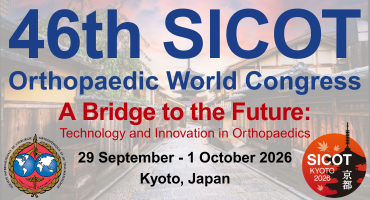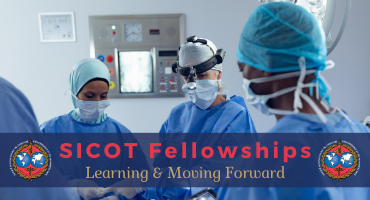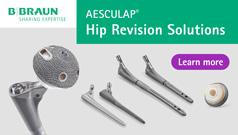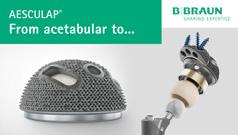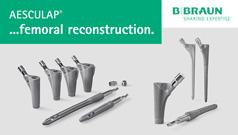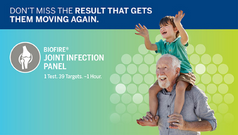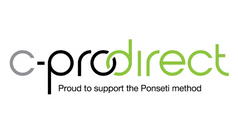Consensus-based guidelines on subtrochanteric femur fractures: Bridging evidence and experience on 11 key clinical dilemmas
SICOT J. 2025;11:58. doi: 10.1051/sicotj/2025060. Epub 2025 Dec 5.
ABSTRACT
BACKGROUND: Subtrochanteric femur fractures present complex biomechanical and biological challenges with considerable variability in management approaches. Despite a structured approach to operative fixation using the intramedullary nail being accepted as the gold standard for most subtrochanteric fractures, a number of high-impact clinical dilemmas lack clarity and consensus on management approaches due to limited high-level clinical and published evidence.
METHODOLOGY: We identified 11 key controversies through a comprehensive literature review of the PubMed, Scopus, and Cochrane databases from 2011 to 2024. Expert input through direct conversations with high-volume trauma surgeons further reinforced the selection of these problem statements. A modified Delphi consensus process was used to engage with 64 experienced Indian orthopedic surgeons. A four-phase methodology was employed, beginning with the pre-definition of 11 key controversies through literature review. PubMed/Scopus/Cochrane: 2000-2024 and expert input. Phase I description: Before initiating the consensus process, a steering committee systematically reviewed existing literature to predefine and shortlist 11 high-impact, unresolved clinical dilemmas. This ensured all subsequent phases of evidence synthesis and voting were focused on these predefined domains.
RESULTS: Eleven evidence-supported consensus statements were ratified, addressing implant selection, reduction techniques, technical nuances, and complex scenarios. All statements included clinical rationale, consensus strength (10 Strong, 1 Moderate), and evidence level (I-III). Key outputs of the meeting were the formulation of a standardized treatment algorithm and a decision-making framework for ambiguous clinical situations.
CONCLUSION: This consensus provides practical, expert-endorsed guidance to resolve recurring controversies in subtrochanteric fracture management. By bridging evidence gaps with collective surgical experience, it aims to standardize care, reduce unwarranted variation, and improve patient outcomes.
PMID:41348957 | PMC:PMC12680372 | DOI:10.1051/sicotj/2025060






